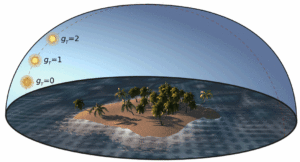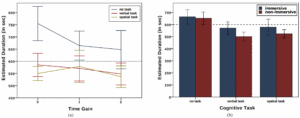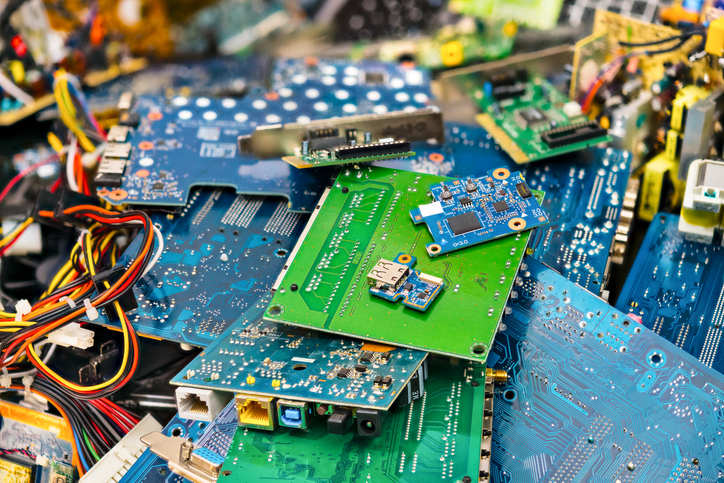A first-of-its-kind virtual reality study reinforces that time (seemingly) flies when you’re busy, but it also shows the use of time symbols (such as the sun) can play a role in altering a person’s perception of time.
In the near-term, these results could lead to important cues for VR developers to consider when designing games and training programs. Looking longer term, though, it could help pave the way for future technologies which could prove incredibly useful for “shortening” the duration of a flight, preparing one’s circadian rhythm for jet-lag, or simply prolonging a happy experience, to name a few examples.
Many differences in spatiotemporal perception between immersive virtual environments and reality have been identified, but little is known as to how or why they occur, especially when it comes to time perception. So, a group of researchers at the University of Hamburg in Germany conducted a series of tests using variables of “zeitgebers,” or time symbols, and user-tasks to measure how accurately participants estimated the minutes gone by.
In the lab experiment, 21 student participants were asked to wear an Oculus Rift with a virtual tropical island backdrop, and do one of three things: simply sit in the chair (a), perform a verbal cognitive task (b), or perform a spatial cognitive task (c). In the verbal task, letters flashed across the scene, and the user had to signal when a letter matched the one preceding two before it (e.g., ABCB). In the spatial task, the students saw flying block objects, and were asked to signal when a block matched the one before it, regardless of orientation.



Experimental tasks: (a) scenario without additional cognitive task (baseline), (b) two-back letter verbal working memory task, and (c) one-back mental rotation spatial working memory task.
The students performed these tasks (or non-tasks) under three different zeitgeber settings, using a sun as the zeitgeber symbol:
1. A sun with no motion
2. A sun that moved in a realistic 24-hour cycle
3. A sun that progressed at double the speed of the real 24-hour sun

Illustration of the virtual island from a bird's eye perspective and movement of the sun in the virtual world scaled by the three time gains gt∈{0,1,2}
The results showed that when a user was just sitting without a task, the speed at which the sun moved greatly affected his perception of time, and the user tended to overestimate how much time he was immersed in the VR.
But once cognitive tasks were introduced, the user tended to underestimate time, and the sun manipulation made less of an impact since the user wasn’t processing the settings as vividly. This was especially true for the spatial cognition test, likely because the user needed to draw resources from the same area of the brain processing the spatial passage of the sun.

Results of the experiment: (a) Pooled estimated durations for the time gains and cognitive tasks in the immersive condition. The x-axis shows the time gains and the y-axis shows the estimated duration. (b) Pooled estimated durations for the comparison between the immersive and non-immersive conditions for the different cognitive tasks with time gain gt=1.
The results match anecdotal real-world evidence; when someone is busy immersed in a work project, time flies, whereas time can seem to drag when lounging on the beach or waiting for water to boil.
But it’s valuable for developers to know even a virtual sun can make a difference in how humans perceive time—and therefore manipulating other cues and tasks could have similar effects.
“Our motivation with this study is to launch basic research on the passage of time in VR, and this is just the tip of the iceberg,” said Frank Steinicke, researcher. “Today, gamers might add zietgebers for special effects, but they don’t currently give it much scientific attention in order to achieve a goal.”
In the future, the researchers plan to study the effects of other visual and sensory zeitgebers—such as a ticking clock, sun-dial, church chimes, or changing temperatures—and in different types of virtual settings.
Read more about time perception and virtual reality in IEEE Xplore.





